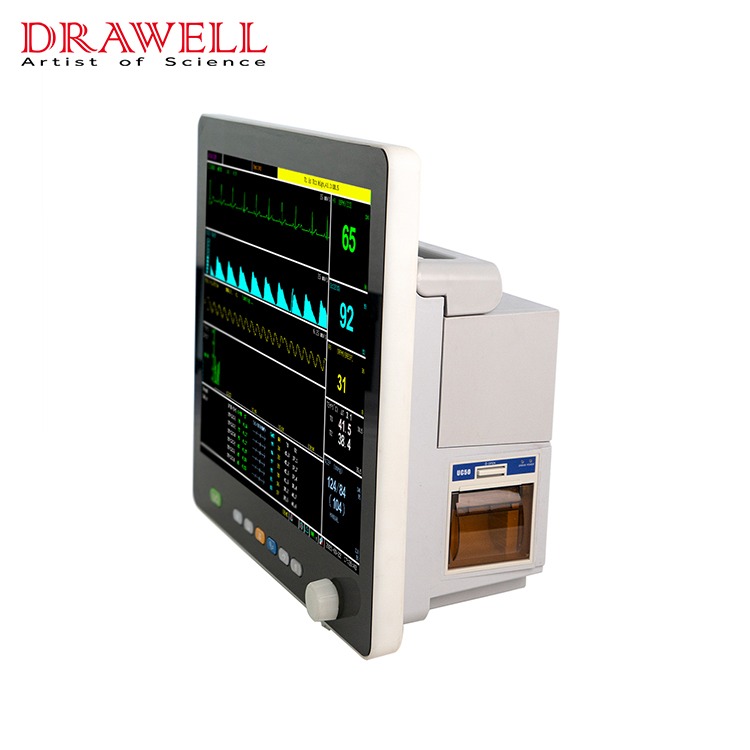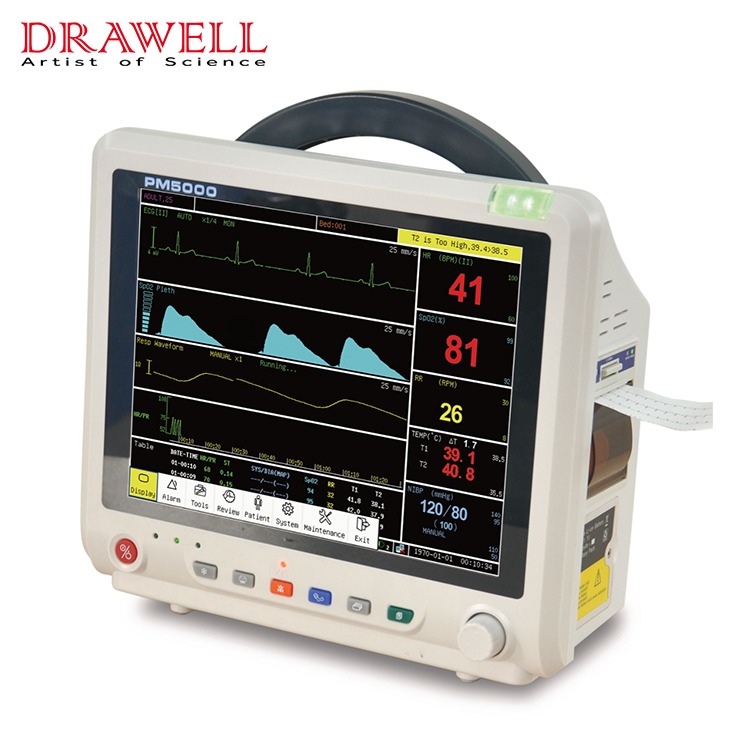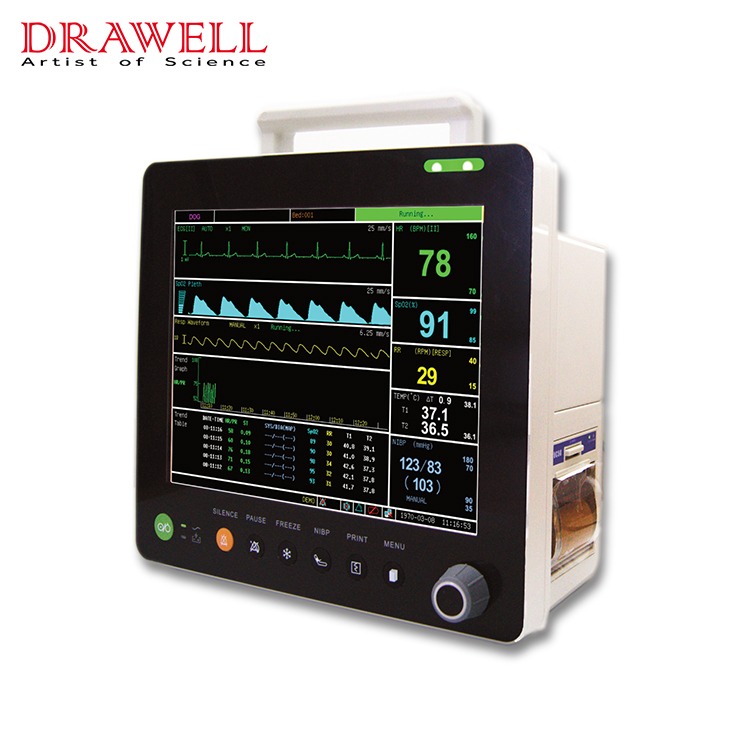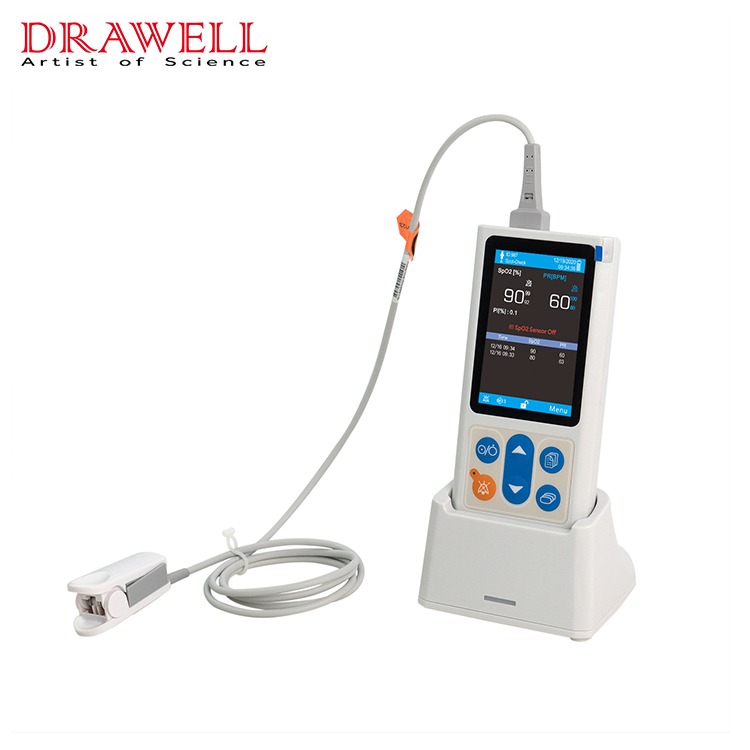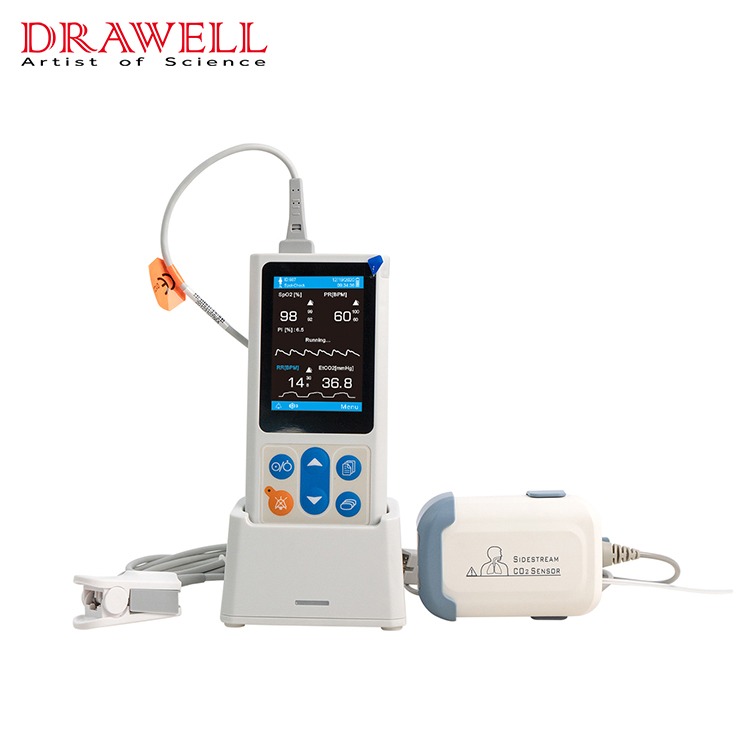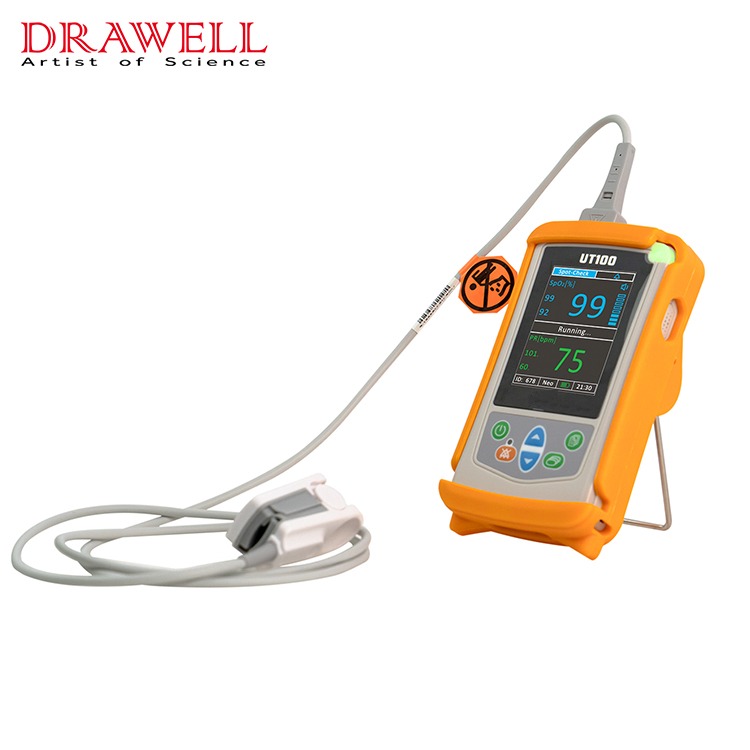Patient monitors can help with the early detection of medical conditions by continuously monitoring a patient’s vital signs and other physiological parameters. By providing real-time, accurate data, patient monitors can alert healthcare professionals to changes in a patient’s condition that may indicate the onset of a medical condition. Here are some ways patient monitors can help with early detection and some tips to choose a right patient monitor.
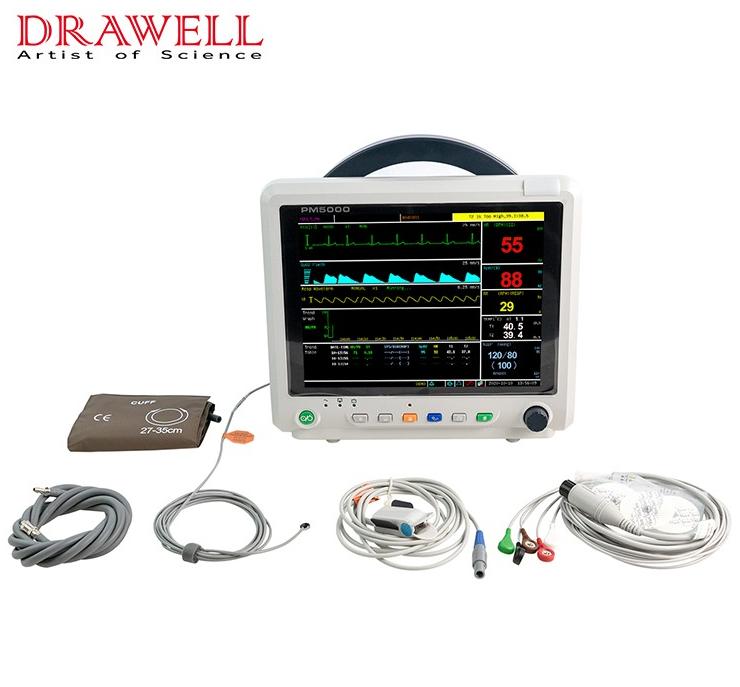
5 Ways that Patient Monitors Can Help with Early Detection of Medical Condition
- Detecting abnormal vital signs
Patient monitors can alert healthcare professionals to abnormal vital signs, such as elevated heart rate, low blood pressure, or low oxygen saturation. These abnormal readings can indicate the onset of a medical condition or the worsening of an existing condition.
- Monitoring for arrhythmias
Patient monitors can continuously monitor a patient’s heart rhythm and alert healthcare professionals to the presence of an arrhythmia. Early detection of arrhythmias can lead to prompt intervention and prevent more serious complications.
- Monitoring for respiratory distress
Patient monitors can alert healthcare professionals to changes in a patient’s respiratory rate, depth, or pattern that may indicate respiratory distress. Early detection of respiratory distress can lead to prompt intervention and prevent more serious complications.
- Monitoring for sepsis
Patient monitors can alert healthcare professionals to changes in a patient’s vital signs that may indicate the onset of sepsis, a potentially life-threatening condition. Early detection of sepsis can lead to prompt treatment and improve patient outcomes.
- Monitoring for neurological changes
Patient monitors can detect changes in a patient’s neurological status, such as altered level of consciousness, seizures, or changes in pupil size or reaction. Early detection of neurological changes can lead to prompt intervention and prevent more serious complications.
By providing continuous, real-time monitoring of a patient’s vital signs and other physiological parameters, patient monitors can help healthcare professionals detect medical conditions early and intervene promptly to prevent further deterioration or complications.
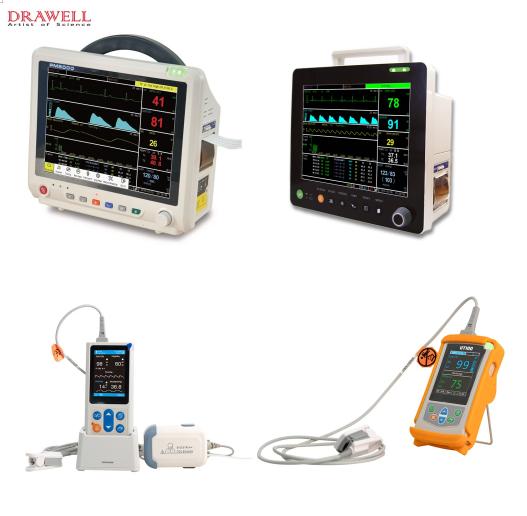
Choosing the right patient monitor for a specific healthcare setting can be a complex process, and there are several factors to consider. Here are some important considerations to keep in mind:
How to Choose the Right Patient Monitor Help with Early Detection of Medical Condition for a Specific Healthcare Setting?
- Clinical needs
The type of patient monitor needed will depend on the specific clinical needs of the healthcare setting. For example, critical care units may require more advanced monitors that can measure multiple parameters, while general wards may require simpler monitors that can measure basic vital signs.
- Patient population
The patient population can also influence the choice of patient monitor. Pediatric patients may require monitors with smaller sensors and cuffs, while elderly patients may require monitors that are easier to use and understand.
- Cost
Patient monitors can vary in cost, and healthcare facilities will need to balance their budgets with their clinical needs. While more advanced monitors may be more expensive, they may provide more comprehensive monitoring and help improve patient outcomes.
- Compatibility
Patient monitors must be compatible with other medical devices and systems used in the healthcare setting, such as electronic health records (EHRs) and anesthesia machines.
- User experience
The ease of use and user experience of the patient monitor can also be a factor in the decision-making process. Healthcare professionals should be comfortable and familiar with the patient monitor they are using to ensure accurate readings and efficient patient care.
- Technical support
It is important to consider the availability of technical support and service for the patient monitor. Healthcare facilities should choose a patient monitor from a manufacturer that offers reliable technical support and maintenance services.
By considering these factors, healthcare facilities can choose a patient monitor that meets their clinical needs, budget, and technical requirements, while also providing the best possible patient care. It is also important to involve healthcare professionals and clinical staff in the decision-making process to ensure that the patient monitor meets their needs and is easy to use.
In conclusion, patient monitors are a valuable tool for healthcare professionals, enabling them to provide timely and effective care to their patients. Through their use, healthcare professionals can improve the early detection of medical conditions, leading to better outcomes and a higher quality of care.
Related Products Recommendation

